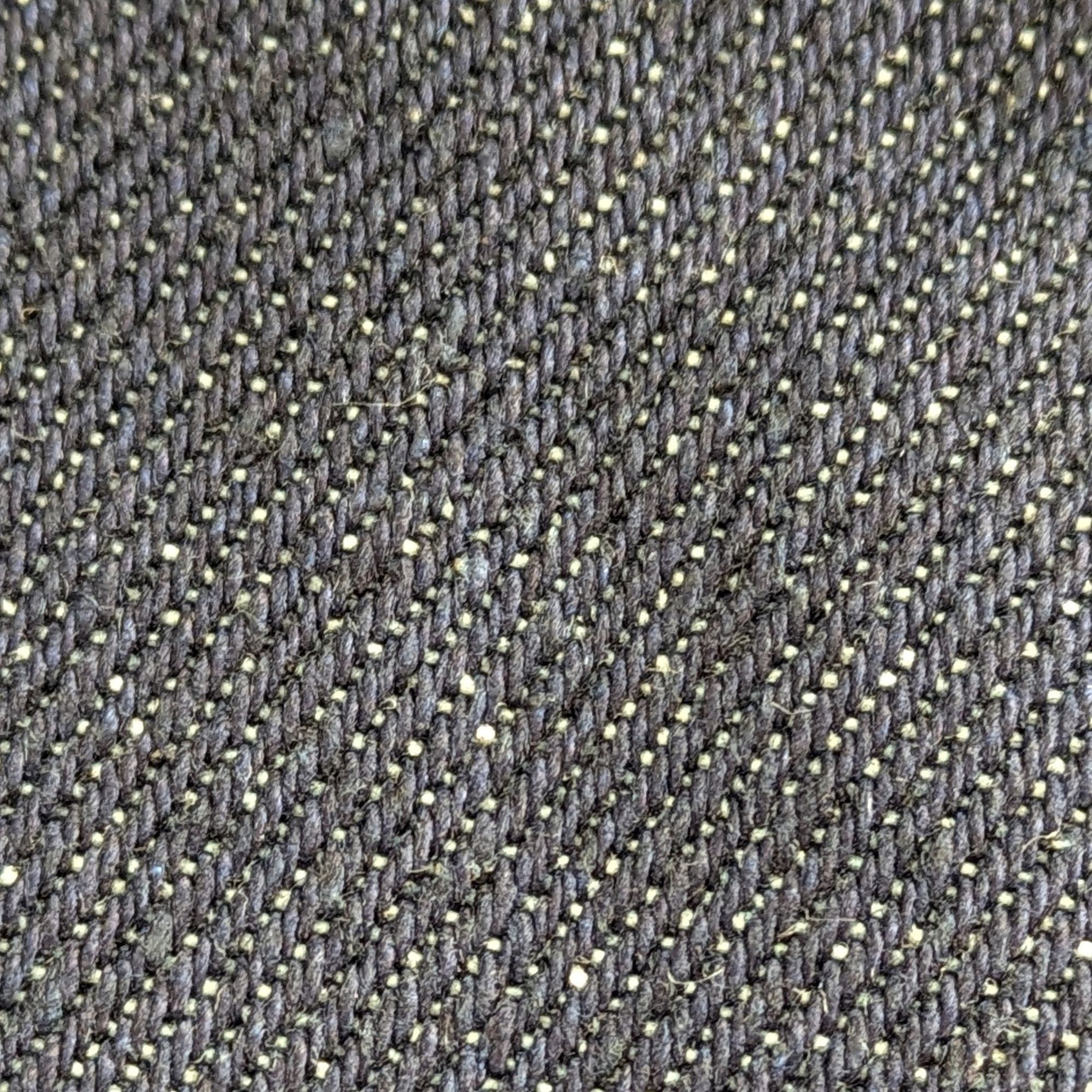How Can I Tell The Difference Between Denim And Chambray Fabric
Although both Denim and Chambray use cotton fibres. Denim is a twill weave which means the two sides of the fabric and different colours, Chambray is a plain weave fabric meaning that both sides of the fabric will look the same colour.
We sell a lot of Denim and Chambray fabric and the question we are most asked about these two fabulous and versatile fabrics is ‘ what is the difference between denim and chambray?’. It can be hard to tell, particularly between a lightweight denim and a good chambray fabric, or the other way round, with a heavyweight chambray and a standard denim.
We thought it would be a good idea to give you some idea of what denim and chambray fabrics are, where they were developed, what they can be used for and most importantly, how to tell the difference between them!
Denim Fabric
Denim originates from Nîmes, France (“de Nîmes” translates to “from Nîmes”), Denim owes its name to the city where it was first mass-produced. However, its popularity soared during the American Gold Rush era when Levi Strauss introduced sturdy Denim jeans for miners in San Francisco. Denim fabric typically comprises a twill weave of cotton, though it can include a blend with other materials like polyester or spandex for added stretch. Its signature feature is the indigo dye, renowned for its deep blue hue that gives denim its timeless appeal. The greatest characterist of Denim is its durability. It is thicker and heavier compared to Chambray. Its sturdy structure and twill weave provide excellent strength, making it ideal for rugged wear, such as jeans and jackets. Over time, Denim molds and fades uniquely to its wearer.


Chambray Fabric
Chambray, originally hailed from Cambrai, France, where it was initially woven with linen fibres. However, modern Chambray predominantly consists of cotton due to its comfort and versatility. Chambray also employs a plain weave of cotton, similar to that of Denim. However, it typically features a lighter weight and uses a white weft thread with a colored warp thread, often in blue, giving it a softer, lighter appearance than Denim. Chambray has a softer texture and lighter weight than Denim and this makes it perfect for shirts, dresses, and blouses, offering breathability and comfort for warmer climates. While it lacks the heft of Denim, Chambray has a relaxed, laid-back vibe, great for both casual and semi-formal clothing.


The Distinctions
- Weave: Denim features a twill weave with the warp thread (usually the coloured thread) going over two weft threads and under one (usually the white thread) , while Chambray employs a plain weave with warp and weft threads passing over and under each other in turn. One of these threads will traditionally be white, whilst the other is the fabric colour. Denim will feel rougher whilst Chambray will feel smother.
- Weight & Durability: Denim is heavier and more durable, suitable for tough wear, while Chambray is lighter and softer, offering comfort and breathability.
- Colouring: Denim’ looks darker on the face side and lighter on the reverse (due to the twill weave), while Chambray often exhibits a lighter, faded appearance on both sides due to its use of contrasting warp and weft threads (one coloured and one white). In practice this means the two sides of the fabric will be the same colour.
